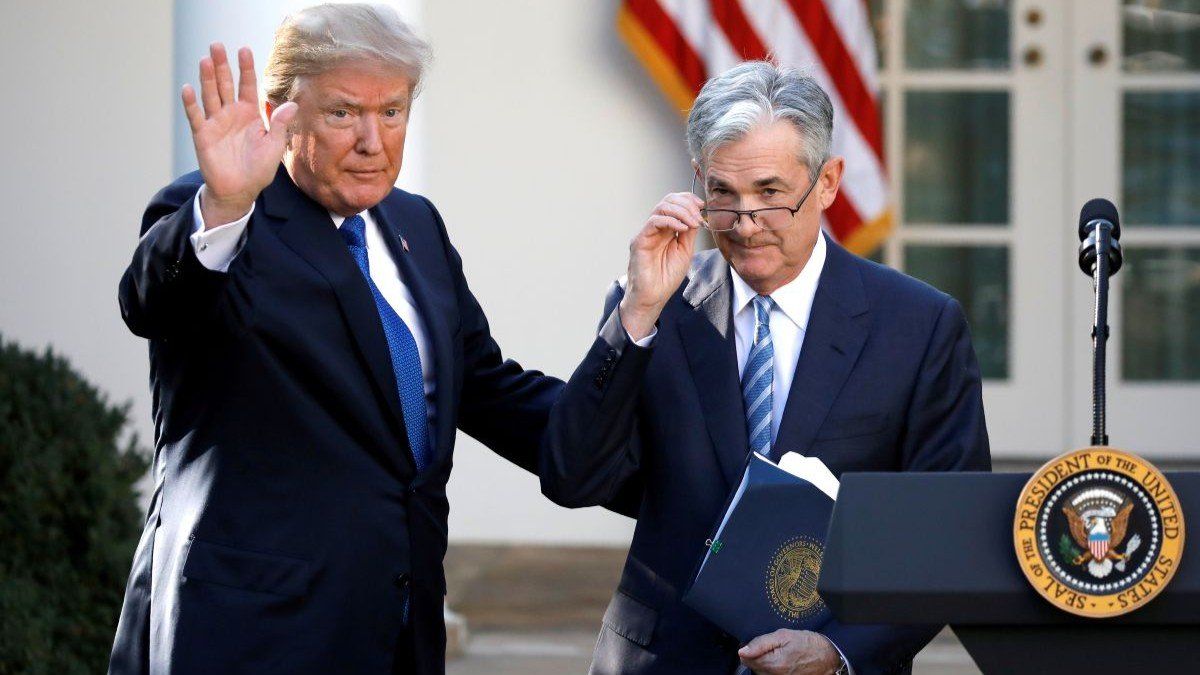US President Donald Trump alongside Federal Reserve Chairman Jerome Powell, back when the latter was the nominee for his current position, in Washington, D.C., USA, on November 2, 2017.
The United States’ judicial branch is set to reexamine an old decision that could have huge new consequences for the credibility and stability of the world’s largest economy.
The Supreme Court has requested briefs in a case that concerns the so-called “Humphrey’s Executor” precedent, a 90-year-old ruling that stops presidents from firing the leaders of quasi-governmental institutions without cause.
The Trump administration, which wants more power to sack appointees,says the precedent wrongly limits executive authority, and should be reversed.
What this is really about. Though the case concerns members of the National Labor Relations Board and the Merit Systems Protection Board, the Supreme Court’s decision could allow the president to fire a much more important figure: Fed Chairman Jerome Powell. That’s because the Federal Reserve, like the NLRB and MSPB, is also a quasi-governmental organization, meaning that it works for the public interest but is independent of the executive branch.
With Donald Trump’s trade war already putting US financial and bond markets on edge, the last thing the central bank wants is a loss of independence, which would compromise markets’ confidence that the regulator is acting based on its economic mandates rather than Trump’s political whims.
Carveout possible. The top US court is reportedly skeptical of the Humphrey’s Executor precedent, but there is a world where it overturns this 1935 ruling while explicitly safeguarding the Federal Reserve’s independence.
There’ll be a new sheriff. Whatever happens, Powell’s term ends in May 2026, giving Trump the chance to nominate a successor. We’ll be keeping an eye on whether Treasury Secretary Scott Bessent, who has emerged as a leading voice in the White House, starts interviewing potential candidates sooner than that...